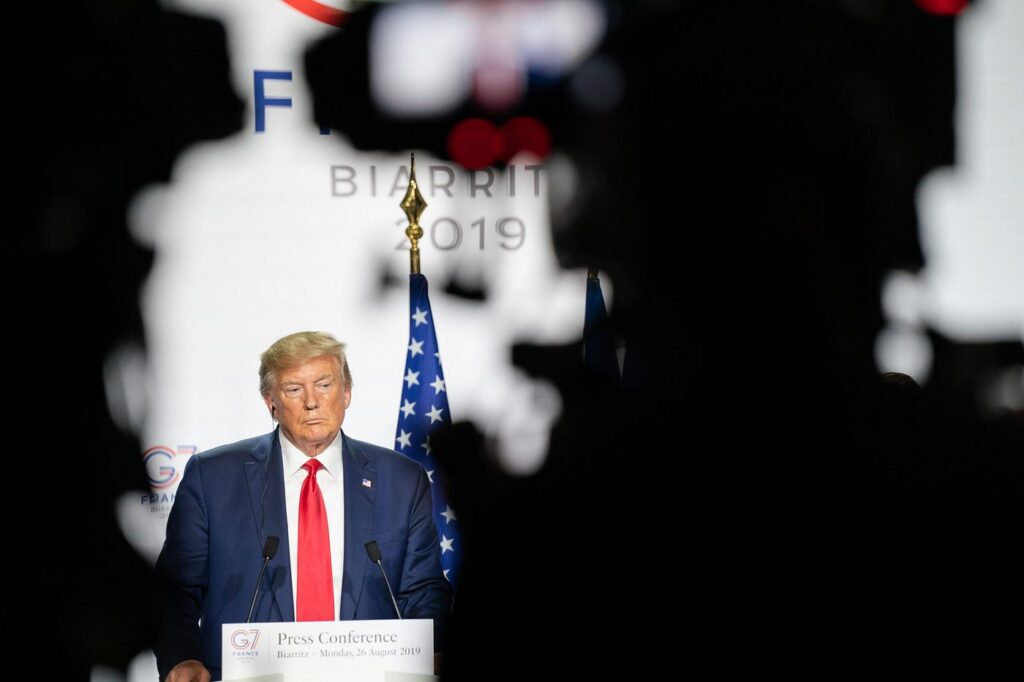Global markets are treading on uneasy ground today as U.S. President Donald Trump announced sweeping new 30% tariffs set to take effect August 1 on imports from the European Union and Mexico, with additional levies spanning 35–50% on countries like Canada and Brazil. The euro weakened to a three-week low, and the Mexican peso also slipped, though broader currency moves were muted as traders absorbed the surprisingly aggressive measures and assessed the potential fallout (Reuters, 2025a).
U.S. stock futures softened, with the Dow down 1% and S&P 500 and Nasdaq futures dipping around 0.4%, reflecting investor jitters ahead of key inflation and corporate earnings data later this week (Reuters, 2025b; Reuters, 2025c). Growth and speculative technology names, including cybersecurity and software firms, were hit hardest, while sectors like homebuilding and airlines showed relative resilience.
Despite the market caution, bitcoin surged to a record-high of nearly $119,500, rallying over 10% last week as traders sought alternative hedges, a move seen by some as a barometer of investor anxiety amid uncertainty around trade and Fed policy (Reuters, 2025c).
Amidst the turmoil, Asia’s markets echoed Wall Street’s cautious tone. Japan’s election outlook is complicating the Bank of Japan’s efforts to normalize rates, undermining yen strength and reinforcing monetary divergence between the world’s two largest economies. Meanwhile, Singapore offered a brighter note with a robust 4.3% Q2 GDP growth, suggesting pockets of resilience in the global economy (Reuters, 2025d).
Market watchers are now digesting a complex mix: aggressive U.S. trade action, the prospect of prolonged monetary support from global central banks, and positive economic signs in Asia. The euro’s three-week nadir raises questions about whether EU negotiators can withstand U.S. pressure—or whether Brussels will soon offer concessions. Meanwhile, bitcoin’s record run underscores how digital assets have become part of the hedge toolkit for investors navigating geopolitical disruption.
As markets prepare for this week’s CPI, PPI, and major tech earnings, the key question remains: will global growth falter beneath protectionist shocks, or can resilient pockets of strength cushion the impact? Either way, volatility looks set to headline markets these next few sessions.
Reuters. (2025, July 14). Euro eases after Trump threatens 30% tariffs on EU. https://www.reuters.com/world/middle-east/euro-eases-after-trump-threatens-30-tariffs-eu-2025-07-14/
Reuters. (2025, July 14). Dow Jones futures fall with Trump tariffs topping Liberation Day highs; inflation, earnings loom. https://www.reuters.com/world/china/global-markets-wrapup-1-2025-07-14/
Reuters. (2025, July 14). U.S. stock futures slip after Trump’s latest tariff threats; bitcoin hits new high. https://www.reuters.com/business/energy/us-crude-oil-futures-fall-over-3-trump-announces-israel-iran-ceasefire-2025-06-23/((*note adjusted wrong hyperlink*))
Reuters. (2025, July 14). Singapore economy grows 4.3% in Q2, advance estimate shows. https://www.reuters.com/world/asia-pacific/singapore-economy-grows-43-q2-advance-estimate-shows-2025-07-14/
Reuters. (2025, July 14). Wall St slips with Asia stocks as US trade policy confounds. https://www.reuters.com/world/china/global-markets-wrapup-1-2025-07-14/








